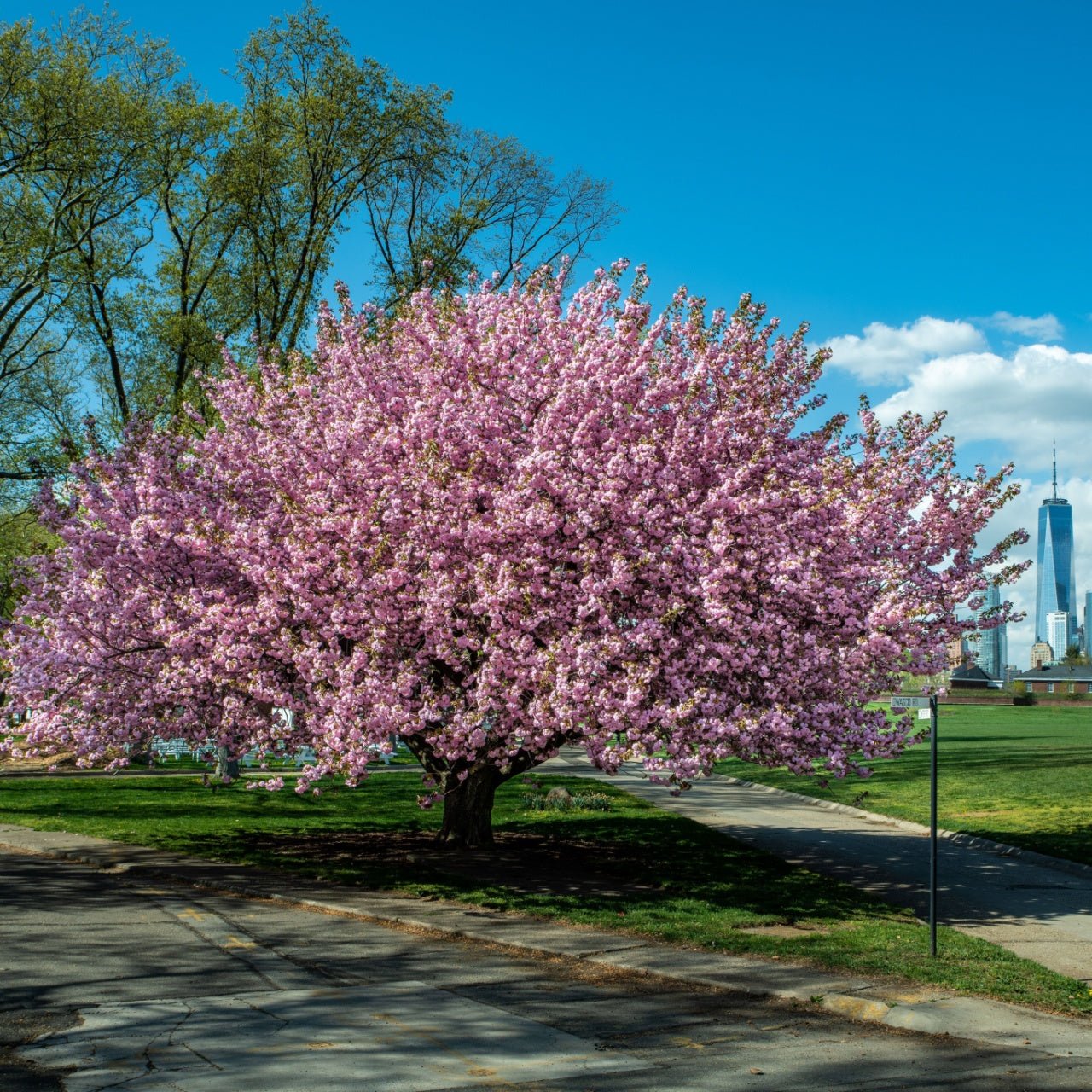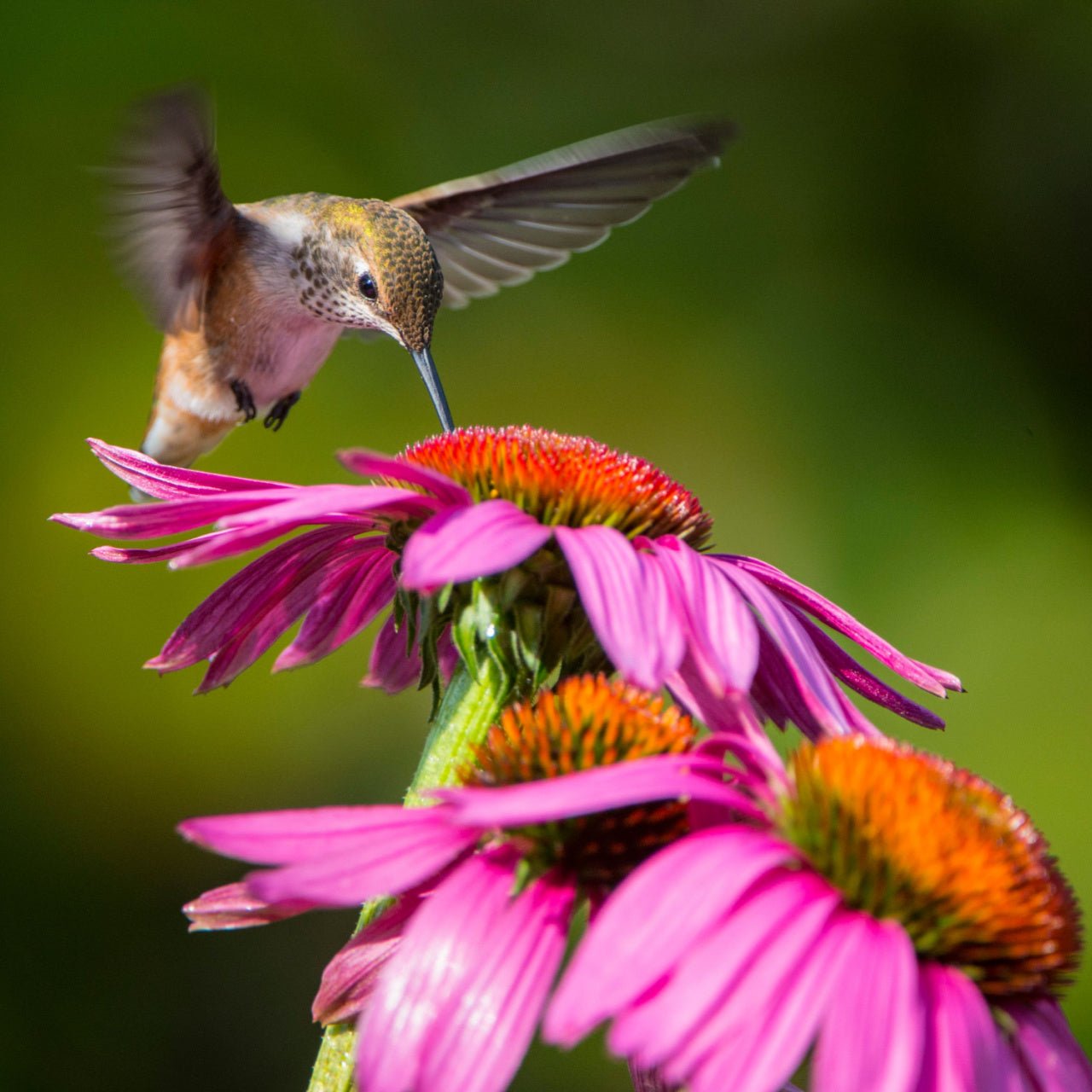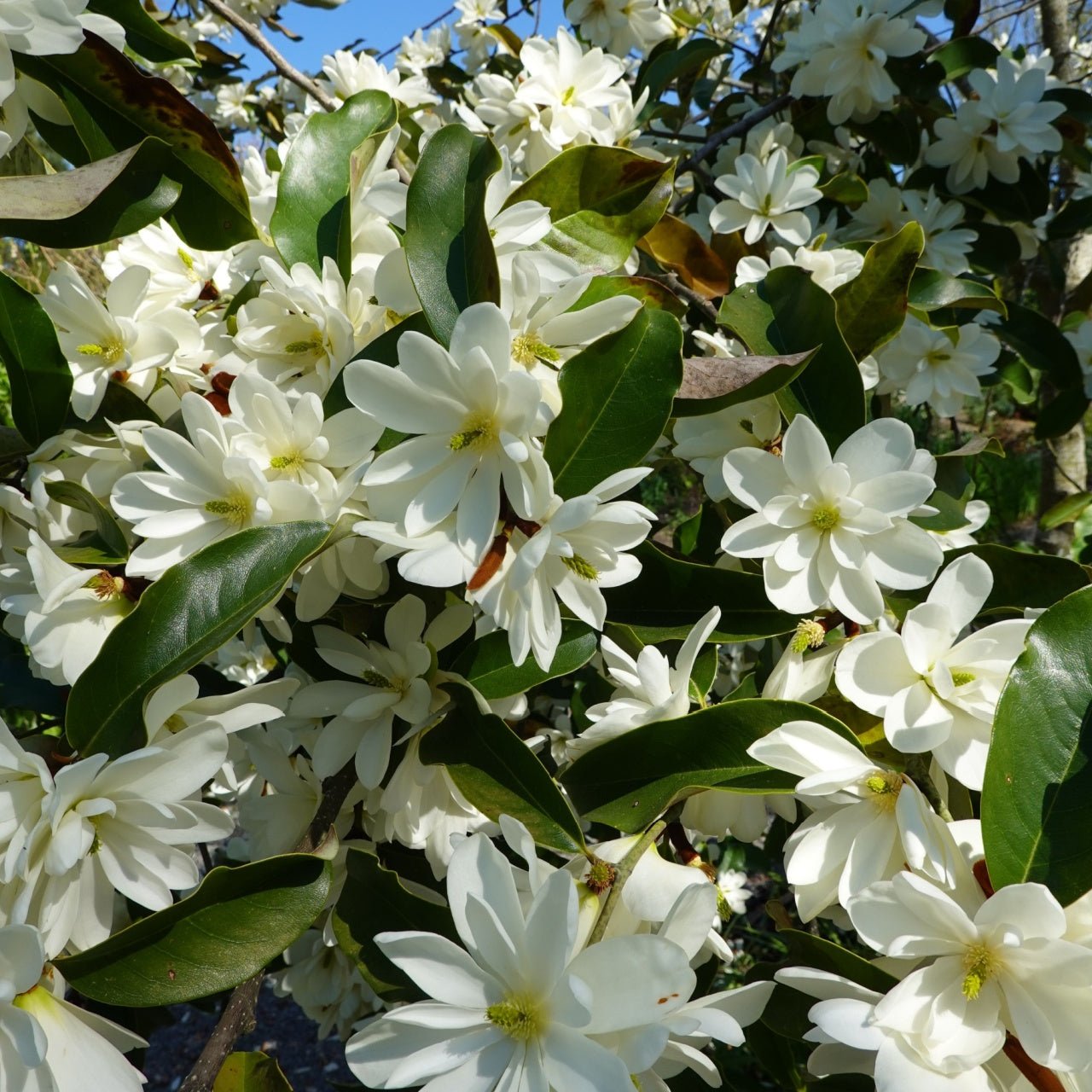

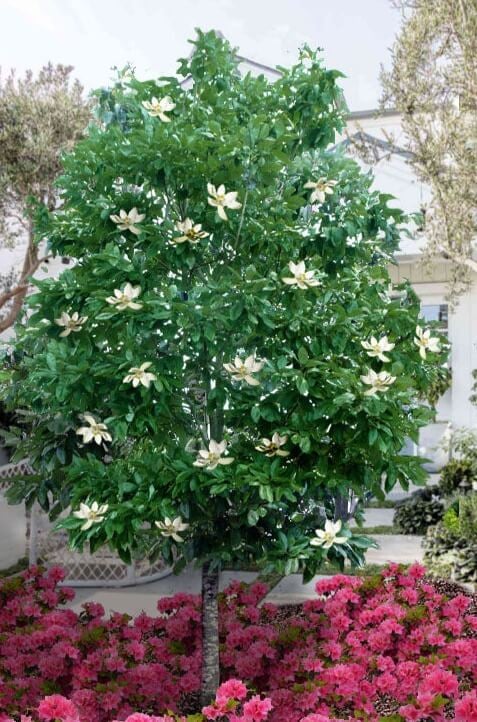
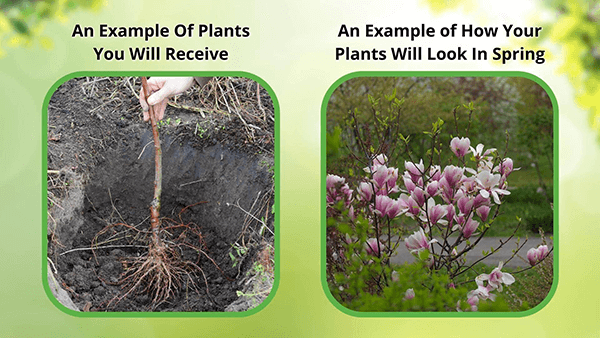
Sweet Bay Magnolia
Evergreen foliage for year-round beauty
Attractive, glossy green leaves
Resilient in various soil types
Thrives in
ZONE 5ZONE 6ZONE 7ZONE 8ZONE 9ZONE 10This plant ships:
Ships November 20251 Year Guarantee on all plants
Sweet Bay Magnolia - Magnolia virginiana
Sweet Bay Magnolia Is Highly Fragrant
Fragrant Blooms and Evergreen Foliage
Longevity and Seasonal Appeal
So, add Sweet Bay Magnolia to your yard and enjoy its wonderful flowers and green leaves for a lifetime.
This Is How Your Plants Will Look upon Delivery

Bloom Season
Spring
Bloom/Foliage Color
White
Height at Maturity
Over 25 Feet
Care
Sweet Bay Magnolia thrives in well-drained, acidic soil and prefers regular watering to maintain consistent moisture. Mulch near the ground to keep moisture and prevent weeds. Trim in late winter to shape and release dead branches. Fertilize in early spring for best growth.
Plant Reproduction
Sugar Sweet Bay Magnolia spreads through suckering and wide canopy growth.
Plant bare root trees during the dormant season in early spring or late fall (November through April). Dig the hole twice as wide as the roots so the soil is well-drained. Position the tree so the root flare is at or just above ground level. Fill the hole back with the soil you dug from and water. Maintain soil moisture, especially in the tree's early years, by providing deep, regular watering. Apply a 2-4 inch mulch away from the trunk at the base to retain moisture and suppress weeds. Prune trees during the first few seasons to establish strength and resilience, remove damaged branches, and continue maintenance pruning as the tree matures. Regularly inspect for pests and diseases and apply integrated pest management practices. Protect young trees from mechanical damage and extreme temperatures with tree guards, and stake them if necessary for support, removing the stakes after one or two years.
Shipping date depends on the date displayed and chosen when you order from the product's page.
We only accept returns on plants verified dead. If you think your plants have died, we offer a 1 year warranty, please use this File a Claim Link to verify dead plants and start with return warranty process.





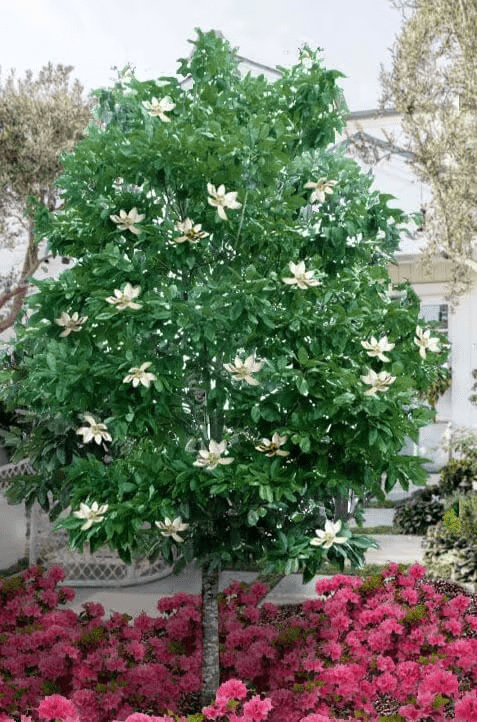
Elegant Evergreen Foliage:
The Sweet Bay Magnolia boasts lush, glossy leaves that provide year-round greenery and a sophisticated look.
Fragrant White Blooms:
Enjoy beautiful, creamy-white flowers in late spring and summer that fill the air with a pleasant, sweet fragrance.
Compact Size:
Its moderate size makes it perfect for both small and large gardens, fitting well into various landscape designs.
Beautiful Bark:
The tree features smooth, light-gray bark that adds visual interest and complements its overall appearance.
Caring Tips
How do I care for my Sweet Bay Magnolia?
Each box contains detailed care instructions and information about your product. But here's the basics.
Care Tips
Sweet Bay Magnolia thrives in well-drained, acidic soil and prefers regular watering to maintain consistent moisture. Mulch near the ground to keep moisture and prevent weeds. Trim in late winter to shape and release dead branches. Fertilize in early spring for best growth.
Light Requirements
The Sweet Bay Magnolia succeeds in full sun to partial shade. Ideally, it should acquire at least 4-6 hours of natural sunlight daily. It can tolerate shade but generally performs best with ample sunlight for robust growth and flowering.
Hardy Planting Zones
5 • 6 • 7 • 8 • 9 • 10
Header
Use this content to share information about your store and products.
Frequently Asked Questions
How often should I water my plants?
How do I know if my plant is getting too much or too little sunlight?
What should I do to prepare my plants for winter?
What are the signs that my plant needs fertilizing?
How can I prevent pests from damaging my plants?
How do I choose the right plant for my climate zone?






